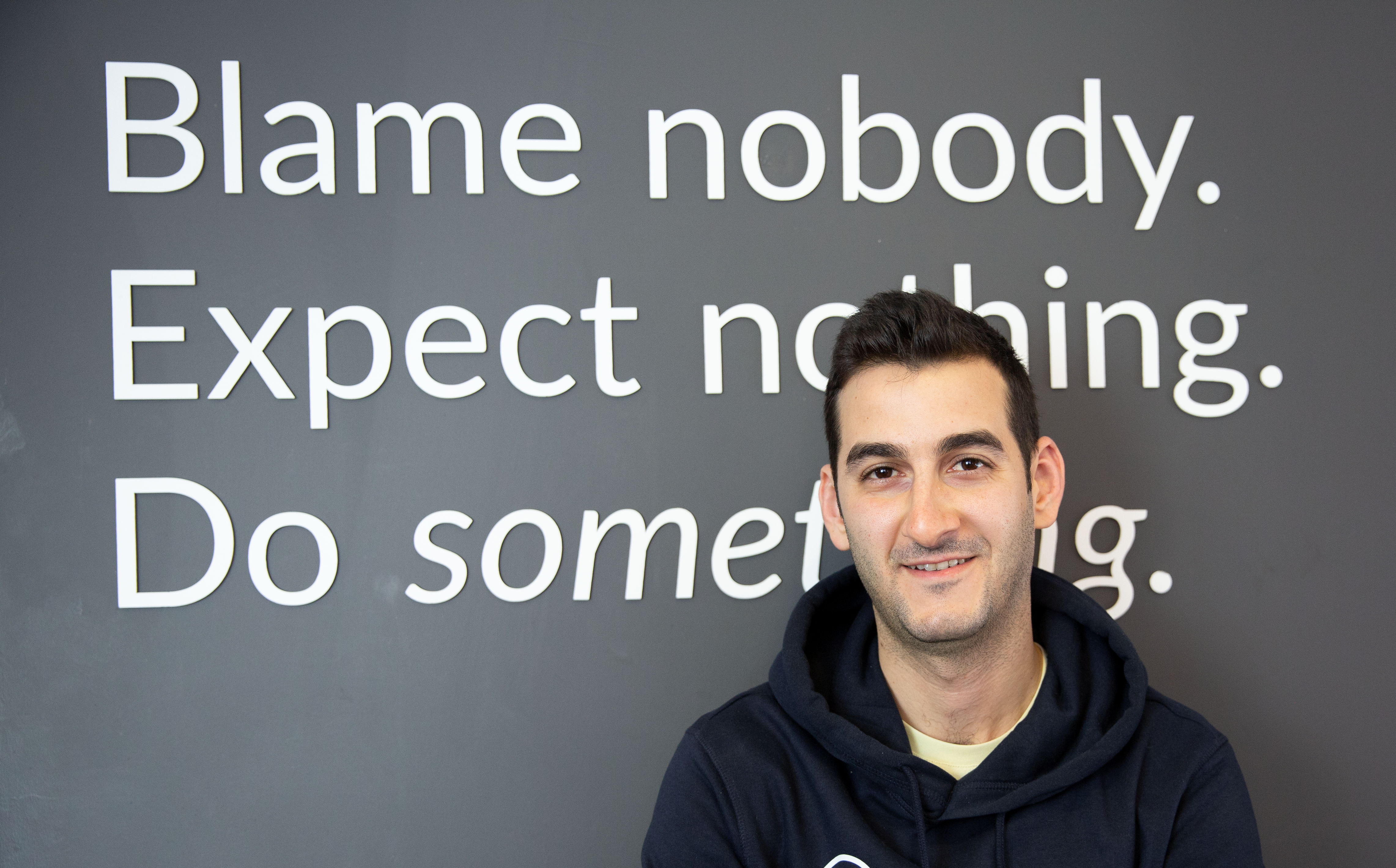Having founded in 2013, Prisysnc is active in more than 50 countries and keeps expanding. The startup acquired two competitors for the past two years as well
Prisync is a competitor price tracking software for e-commerce companies at all sizes. The idea emerged from the direct observation of a solid pain point within the market where such price benchmarking was conducted manually. Prisync’s business model is based on monthly subscription fees, based on the client’s feature suite. As a SaaS platform, Prisysnc is available in 50 countries and acquired the UK and Australian competitors in the past 2 years. I had a chance to speak with Prisync’s CEO, Burç Tanır and here’s what he told me.
What is Prisync? Can you explain the story of Prisync?
Prisync is a competitor price tracking and dynamic pricing software for e-commerce companies of all sizes from all around the world. In addition to its online retailer-focused offering for price benchmarking it also enabled e-commerce suppliers and major brands to collect market intelligence across their e-commerce operations to enhance their digital shelf strategies, such as correct placements, consistent prices, etc.
It simply emerged from the direct observation of a solid pain point within the market where such price benchmarking was conducted manually. Noticing that e-commerce companies and brands were wasting tons of time in such a manual and error-prone data collection operation, we thought that such a robotic and repetitive task could be automated via a piece of software.
What is the business model of Prisync?
Prisync is a pure SaaS play where we collect monthly subscription fees from our clients depending on their account usage, i.e. number of products being monitored alongside the selected feature suite.
In how many countries is Prisync available?
We currently serve companies across more than 50 countries. However, the majority of our clients are from the US and Europe.
So far you raised two rounds of invesments. Are you planning future investments?
As of today, we focused on making most out of our recent funding – $1,1M seed round, raised in January 2020 – to fuel Prisync’s growth. However, obviously if in about 15-18 months’ time we come to a point where we hit another milestone and further cash to be injected into the company could help it hit further ones, we’ll plan for a next round or two.
In one year’s time, you acquired your Australian and British competitors. How did you decide for those acquisitions? And did you reach your goals after those transactions?
We know that our market is very crowded with vendors from different parts of the world either operating locally or globally in varying degrees.
It’s also a known fact that scaling a web scraping company (what we and all other competitors are, at the end of the day) is a big challenge with tons of frictions to be dealt with.
Both of those acquisitions – of Spotlite (AU) in 2019 & of Competitor Price Watch (UK) in 2020 – were cases where these companies were having a hard time to scale their businesses from their local markets due to these massive challenges. That was the moment when they realized that the technology they have built until then and the client portfolio they hold would be a more valuable asset for a more scalable and global vendor in this space and we agreed on a deal with them accordingly. In terms of goals, the majority of our expectations centered around the smooth transaction of the clients of these 2 companies into Prisync and yes, we succeeded at an even better rate than we originally planned and projected.
Following the current acquisitions, what markets are in your radar?
Regardless of these acquisitions, the US market is a natural fit for our SaaS product where you have the majority of the e-commerce market in the world and the usage of platforms such as Shopify or Magento is mostly concentrated there.
After the US, we’re also focusing on nearly every single marketing in the EU alongside the UK.
-As a B2B startup, are you planning to enter B2C area? How do you see the competition in that area?
Until we really hit a glass ceiling or something like that in our focus market B2B, i.e. slowdown in our growth or a limited expansion opportunity in the markets – or we observe a major shift in the global e-commerce space, we don’t plan to launch a B2C offering.
Would you like to support TR Technews?
Hi everyone,
I’m running Turkishtechnews.com, a website on tech developments from Turkey. I will be covering subjects ranging from startups to gadgets, digital economy to social media. I’m keen on new technologies as well. On top of those, I’m interested in drama and cinema, with one short and one long film script and three plays. Holding a B.A degree in English Language and Literature, I’m a tech journalist with 15 years of experience.
The reason why I’m here is to produce good quality journalism and try to remain independent as much as possible. Currently, journalism is torn between vague relationships between brands and journalists, not only in Turkey but also globally. Under such circumstances to remain independent is crucial and I need your support to do so.









